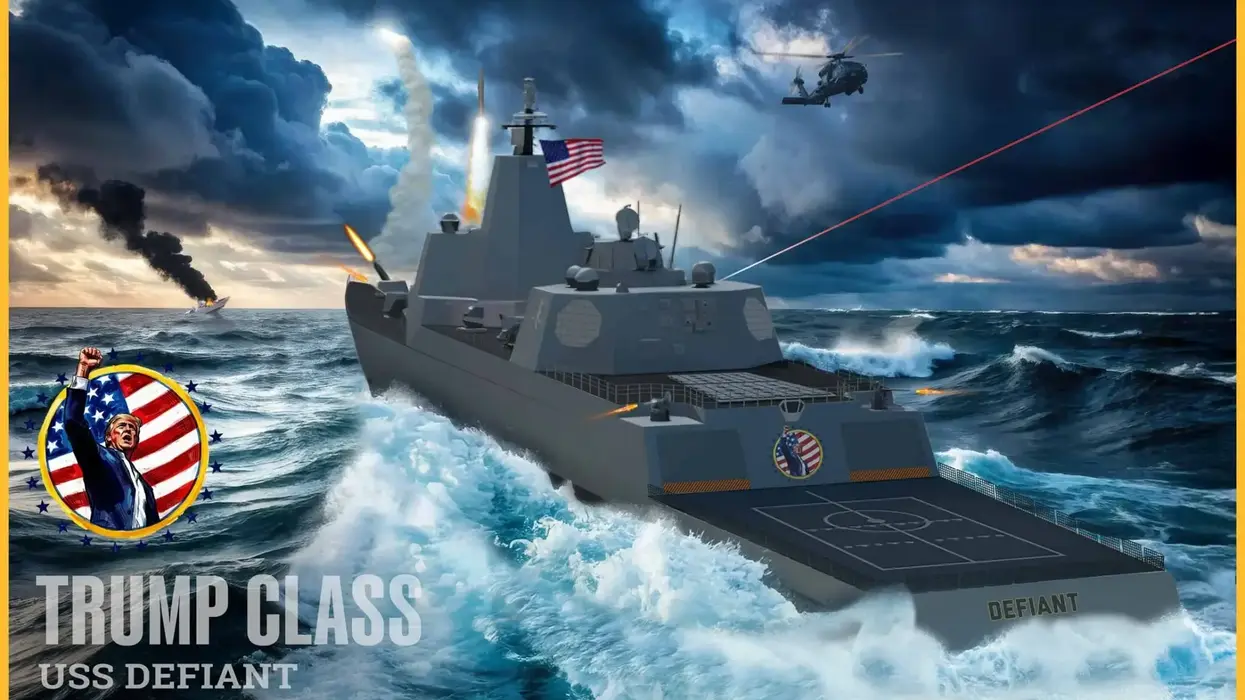The meeting of NATO defence ministers and Munich Security Conference has left unanswered the question over whether the Biden administration will bring remaining U.S. troops home from Afghanistan by May 1, in accordance with the U.S.-Taliban agreement. The ambiguity of European and U.S. statements following the meeting may be intended to pressure the Taliban and Afghan government back to the negotiating table. But indecision this close to the deadline risks throwing away a one-time opportunity to leave Afghanistan.
Defense Secretary Lloyd Austin’s remarks at the NATO meeting assured partners that the “U.S. remains committed to a diplomatic effort to end the war,” but also that the United States will not take a “hasty or disorderly withdrawal” from Afghanistan after nearly twenty years. As a result, the Biden administration is pushing itself into a corner in which it will likely forfeit a one-time opportunity to leave by May without having to broker a new understanding with the Taliban, a path which would be fraught with risk and uncertainty.
The consequences of unilaterally ignoring the May withdrawal deadline will be the dissolution of the U.S.-Taliban agreement, placing U.S. soldiers back in the crosshairs of the Taliban, and an end to intra-Afghan negotiations. A peace agreement between the Taliban and the Afghan government may be unlikely if the United States leaves, but it is dead on arrival if Washington chooses to ignore the deadline altogether.
An endless U.S. war effort will be left as the only remaining option. The passing of the withdrawal deadline will coincide with the beginning of the Taliban’s fighting season and violence will surge even more. This will lead to calls in Washington to cease diplomatic outreach with the Taliban and increase troop levels. If President Biden resists these calls and instead seeks to leave Afghanistan, then any date he chooses will be labeled as “arbitrary” since the May deadline will have passed. This will most likely lead to a doubling down of the counterinsurgency effort of the last twenty years.
NATO partners may also pressure Biden to remain in Afghanistan. The NATO mission in Afghanistan known as Resolute Support was intended as a training mission and that largely remains the case for countries like Germany and Italy. But the majority of combat missions are U.S.-led and the Pentagon provides twice as many troops as the next largest NATO contributor which is Germany. The United Stateshas accounted for 67 percent of all coalition deaths throughout the war in Afghanistan with the U.K. and Canada accounting for the majority of the rest.
The NATO mission in Afghanistan remains a U.S.-led war and it is therefore reasonable for President Biden to pursue an exit that advances U.S. interests. Still, it is crucial that Washington provide partners who have supported Washington in Afghanistan adequate time to withdraw their own remaining troops. This is why the Biden administration should make it clear to NATO sooner rather than later that it is leaving Afghanistan.
Policy reviews are important but the world does not stop spinning as they occur nor do the opportunity costs. Regional diplomacy to push the Taliban toward a ceasefire and Kabul toward an interim government appears to be underway. The Biden administration should participate in such initiatives. But it should not use U.S. troops as a source of coercive leverage in diplomatic efforts because ultimately that runs counter to the goals of diplomacy. Now is the time to bring U.S. troops home before it is too late.
















